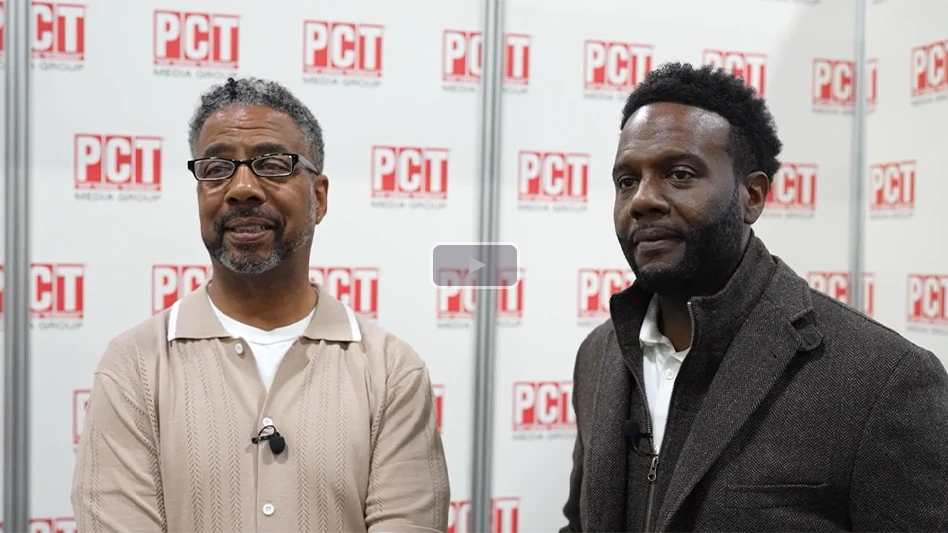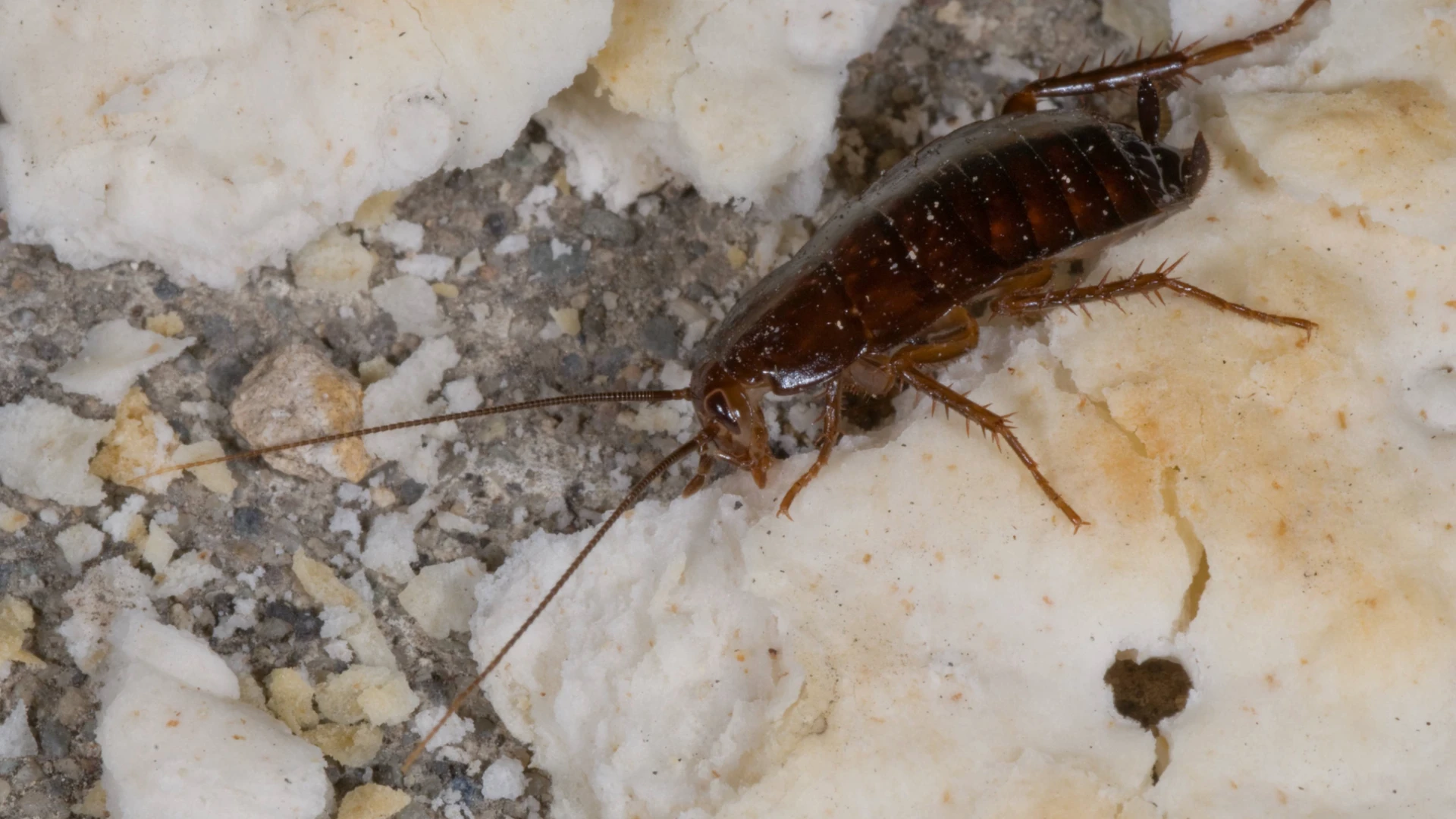
Editor’s note: This article originally appeared in an e-newsletter called “Targeting Cockroaches,” which was sponsored by Rockwell Labs.
When it comes to cockroaches, pest management professionals have an assortment of formulations in their arsenals — and each has its tactical place in the attack. With seemingly endless combinations of gel baits, dry and granular baits, dusts, aerosol flushing agents, liquid residuals, insect growth regulators, fogs and pheromone monitoring glue traps, finding the right mix can be daunting, but it can also mean a more palatable and effective treatment with reduced resistance development and product aversion, and ultimately quicker control of the infestation. For these reasons, many PMPs approach an infestation with two to four formulations included in their preliminary treatment plan.
When Shawn Payne, owner of Lakewood Exterminating, Lakewood, Ohio, is looking for a quick knockdown his first choice is a gel bait. Since the gel can dry up in just one week’s time, however, he pairs that treatment with a bait station, which usually remains effective for about a month.
“Our goal is to provide the best initial knockdown,” Payne said. “Therefore we rarely implement new products during an initial service.”
When he’s treating a residence for German cockroaches that initial service includes applying dust to the cracks, crevices and wall voids, applying liquid residual to possible pathways and placing gel baits in all areas of activity.
“We have found that dusts, liquid residual sprays and gel baits provide the most effective control when used in tandem,” he said. “If a follow-up is required, then different formulations are implemented.”
Payne said those often include experimenting with new bait stations and insect growth regulators.
Christopher Cavanagh, associate certified entomologist and vice president of Petri Pest Control Services, Pompano Beach, Fla., has had similar success with pairing residuals with gel baits placed up high and insect growth regulators used down low, but he also incorporates glue traps into his attack.
“Initially using glue traps to monitor where activity is highest allows us to focus our treatment on the hot spots and yields the best results,” he said.
Doug Nolan, Presto-X, dusts the wall voids. He then combines insect growth regulators with residual materials when treating lower than knee level and gel baits for treating higher areas — and when necessary he incorporates fogging.
Although gel baits are a proven staple in residential treatment, they often don’t stand up in a commercial setting.
“For commercial accounts, it may be necessary to use dry baits or bait discs since gel baits may not hold up effectively in a commercial kitchen,” Cavanagh said. “More frequent rotation of the bait formulations and products will be necessary on a commercial account as well.”
In a commercial account, like a restaurant, Cavanagh may be applying a crack and crevice liquid during one service and be baiting and treating floor drains on the next. He also may change from a bait with a protein attractant to a sweet attractant, depending on life cycle, species or if the environment is dictating the pest’s current diet. Sometimes he even will use both a protein and a sweet attractant if the pest’s diet appears to be diversified.
The type of species can be a formulation factor too. Foster has found that American and oriental cockroaches prefer granular while German and Turkistan chose gel. Keeping this in mind can be the key to bait acceptance.
“If you can get good bait acceptance with a product that has a good transfer affect, it’s lights out,” said Nolan.
Testing and preferences aside, certain formulations simply lend themselves to specific treatment areas, like dust in a wall void or gel in the back corner of a kitchen cabinet.
Ultimately, once you factor in the type of the account, preferences of the pests, and the various surfaces and environments you will be treating, it is easier to pick the optimal blend. “Every product we have available is another tool in our toolbox,” said Nolan. “Use what works best in each situation you encounter. Remember to always read your label to ensure the area you want to treat is legal.”

Explore the July 2019 Issue
Check out more from this issue and find your next story to read.
Latest from Pest Control Technology
- Webinar: Maximizing Cash Flow — Key Strategies for Business Growth
- WorkWave Announces Wavelytics
- Rising Rat Populations Linked to Warming Temperatures, Urban Growth, Study Finds
- How Might the 2024 Elections Impact PCOs
- Keeping Track of Termite Identification
- Mosquito Joe Earns EPA's PESP Gold Level Designation
- Texas PestVets Coat Drive Collects Over 850 Items for Soldiers’ Angels
- Conquer Ants Fast!





